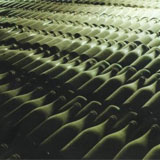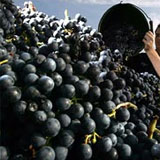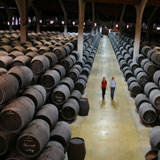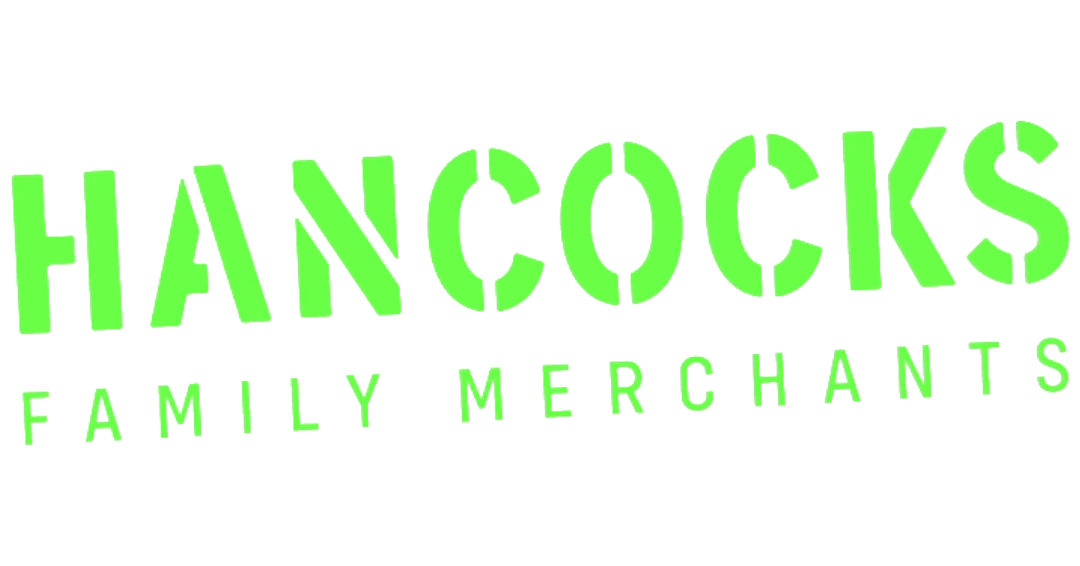The term 'wine lake' refers to the continuing supply surplus of wine (or supply glut) around the world - it historically referred to the over production in Europe. A major contributor to this surplus is the Languedoc-Roussillon wine region, which produces over one-third of the grapes grown in France. In 2007 it was reported that for the previous few vintages, European countries had been producing 1.7 billion more bottles of wine than they were selling.
This resulted in hundreds of millions of bottles of wine turned into industrial alcohol each year, a practice that was described as "emergency distillation". In the period since 1994, world wine production has remained in the range of 25 - 28 billion litres except for 2004 when production edged just over 30 billion litres. One of the many attempts to remedy this was the 'Plan Bordeaux' an initiative introduced in 2005 by ONIVINS, the French vintners association, designed to reduce France's wine glut and improve sales. Part of the plan was to uproot 17,000 hectares of the 124,000 hectares of vineyards in Bordeaux. In 2006 Bordeaux alone distilled around 23 million bottles-worth of wine into ethanol or biofuel - and some fear that this could be a familiar occurrence if the situation is not addressed.
The Castile-La Mancha region of Spain, which has the largest single area of vineyards in the world - roughly 500,000 hectares, is also another area requiring careful management. In 2010 the Spanish government was forced to intervene, with some 20 million litres of wine across Spain being bought and converted into industrial alcohol. All this means that the global wine surplus for *2009 was estimated at around 29.4 million hl, a figure which has grown from 24m hl in 2008 and 18.9m hl in 2007.
Vinexpo and IWSR recently forecasted that the world wine surplus will fall over the next few years. In 2009, 8% more wine was produced than consumed, but this is expected to fall to 6% in 2014. Though a much more manageable volume, the situation remains challenging.










